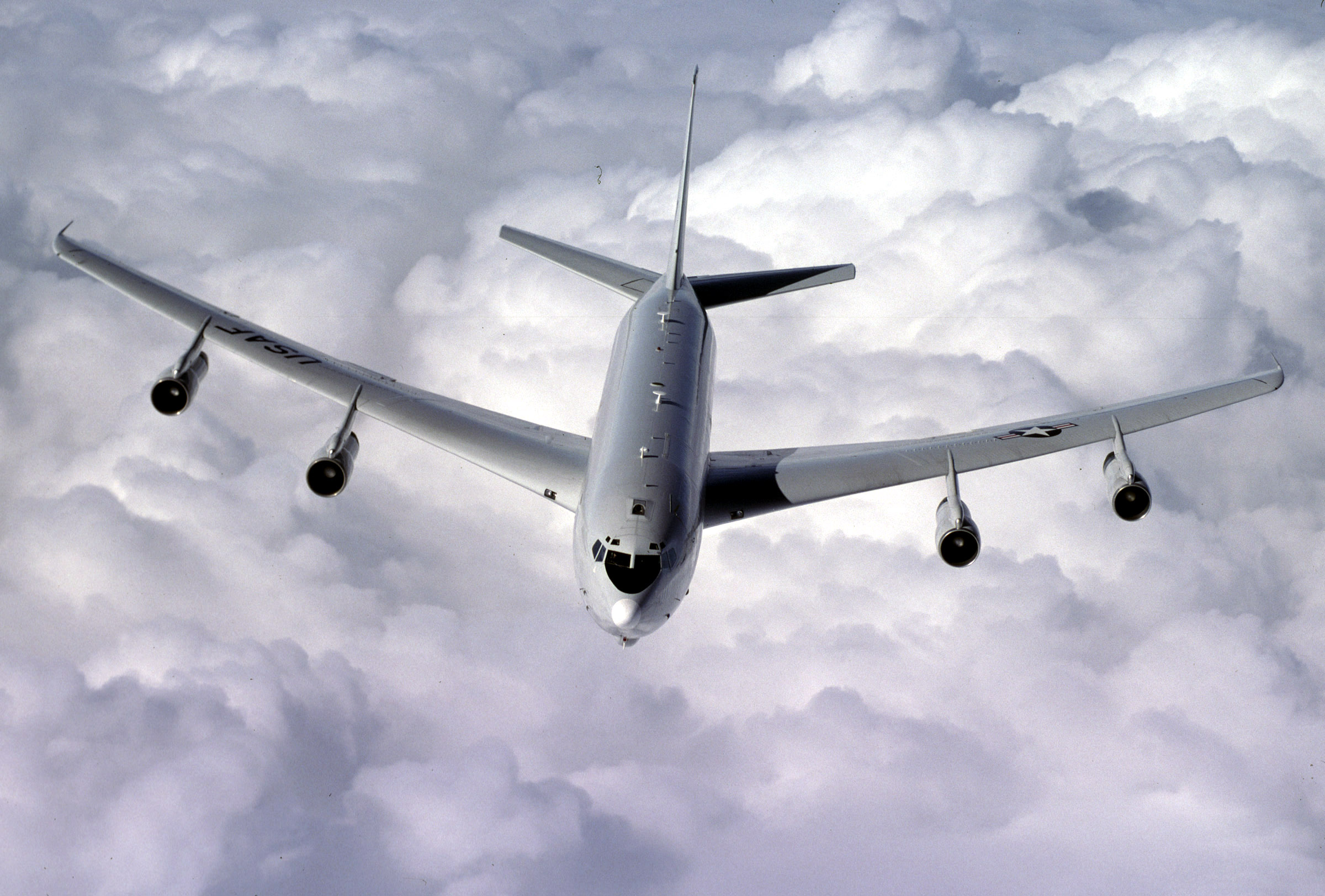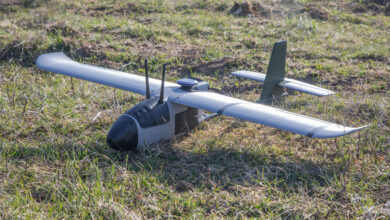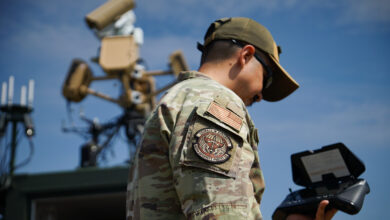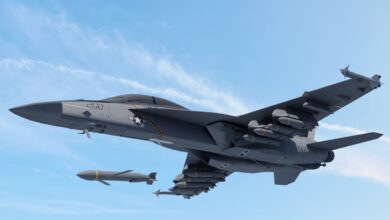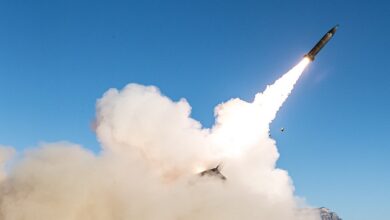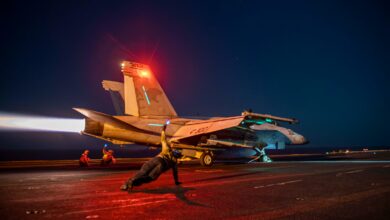US Air Force Wants New, Advanced Sensors for All-Weather ISR Missions
The US Air Force Research Laboratory (AFRL) has asked industry partners to develop new, advanced sensors that can support all-weather intelligence, surveillance, and reconnaissance (ISR) missions.
According to a recent sources-sought notice, the new radio frequency capability must use non-traditional radar to provide persistent surveillance in highly-contested environments.
It must also be able to accurately track moving targets at sea, air, and land.
The AFRL will choose up to three vendors to be awarded contracts worth nearly $95 million over six years.
They will perform modeling, analysis, design, development, testing, evaluation, and demonstration of their proposed capabilities.
Interested companies have until June 12 to submit their white papers.
Project STARS
The solicitation for new ISR sensors is part of the Science and Technology Applied Radio frequency Systems (STARS) project, which sounds similar to the air force’s E-8C Joint Surveillance Target Attack Radar System (JSTARS).
The JSTARS featured an X-band radar for tracking ground targets, but was deemed unsurvivable against China’s modern anti-access/area denial capabilities.
Despite their similar names, an AFRL spokesperson told Breaking Defense that the two projects are completely different.
The spokesperson further stated that the STARS project covers a “very wide variety” of radio frequency sensing technologies to advance the service’s ISR capabilities.
The initial task order for the new initiative will include designing a digital development environment that will support the creation of the new ISR sensors.

